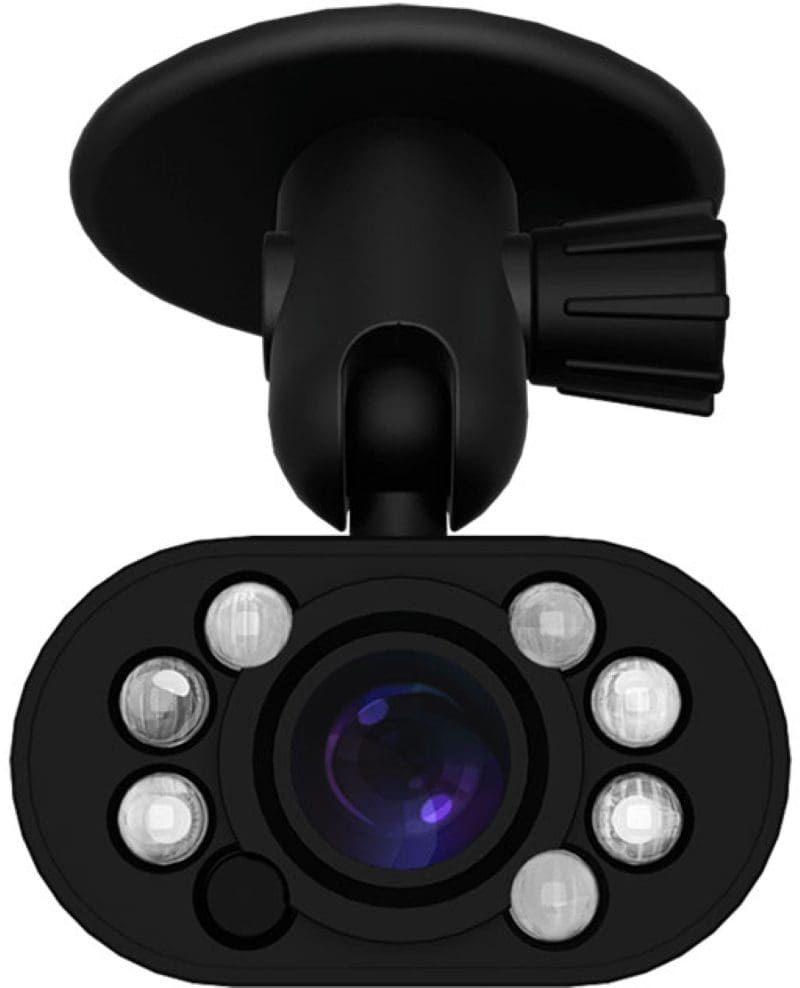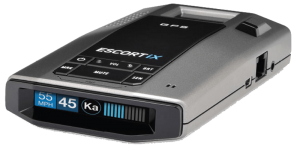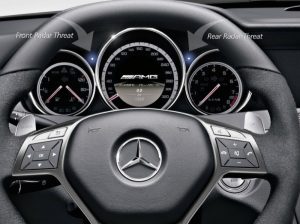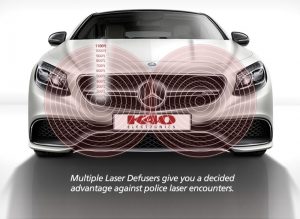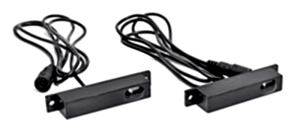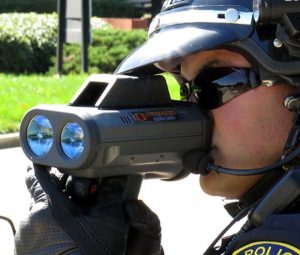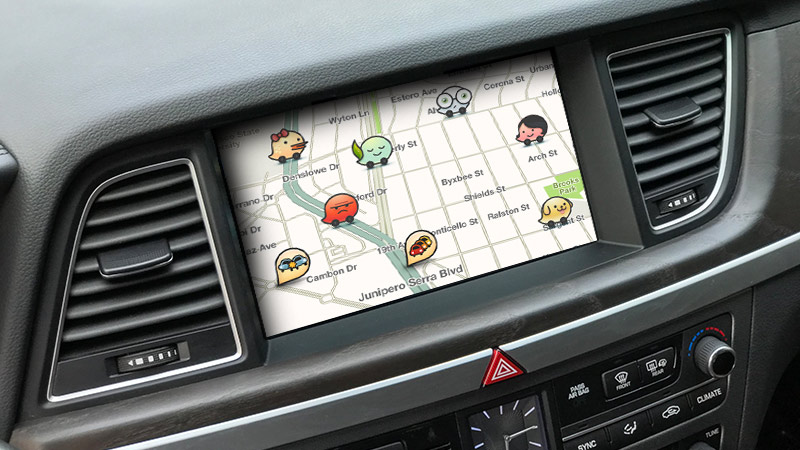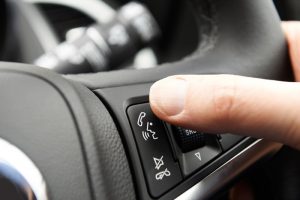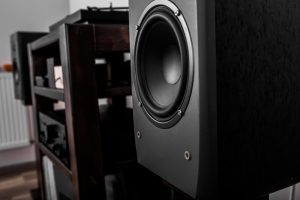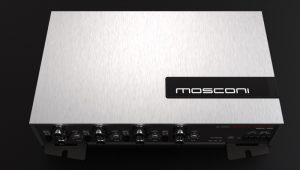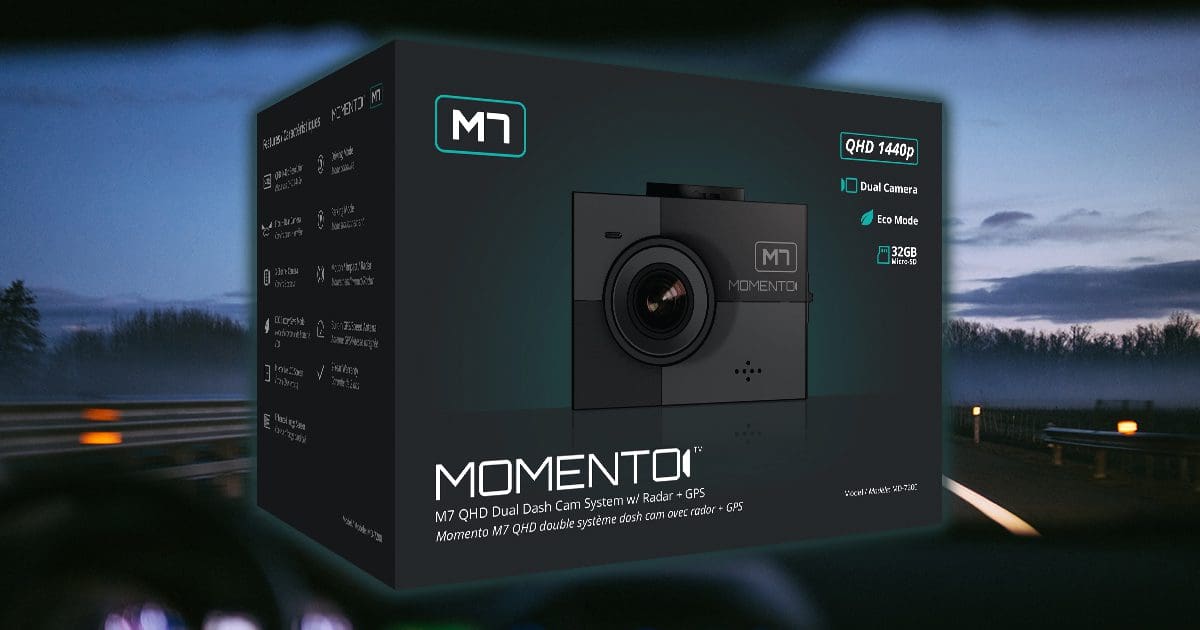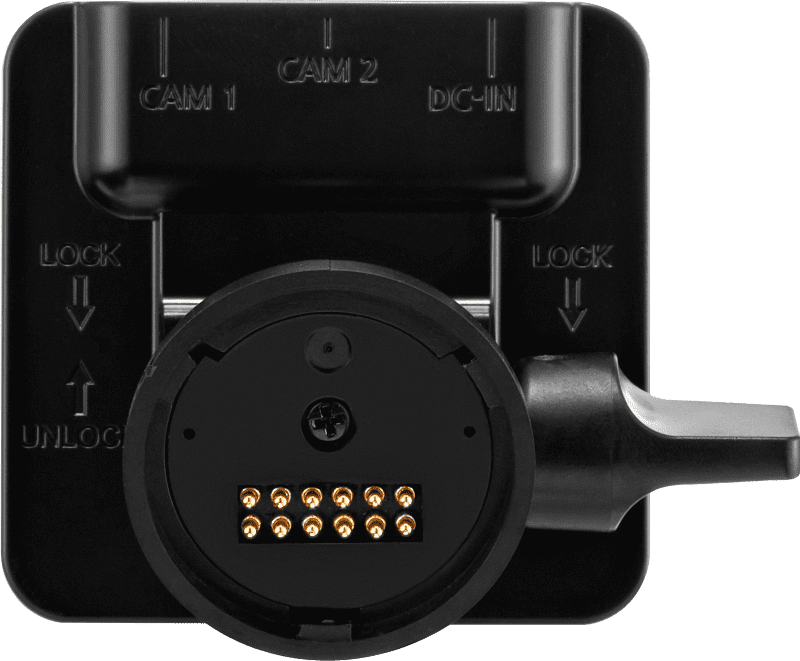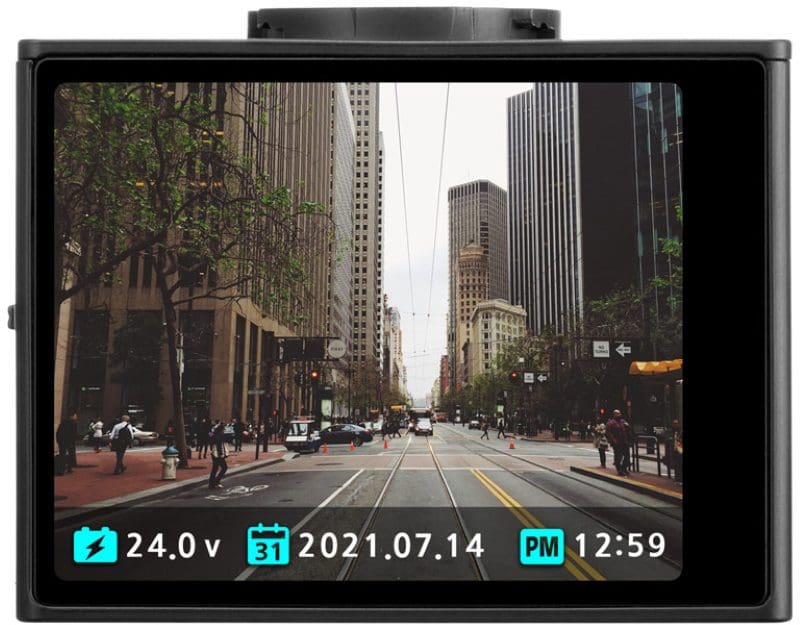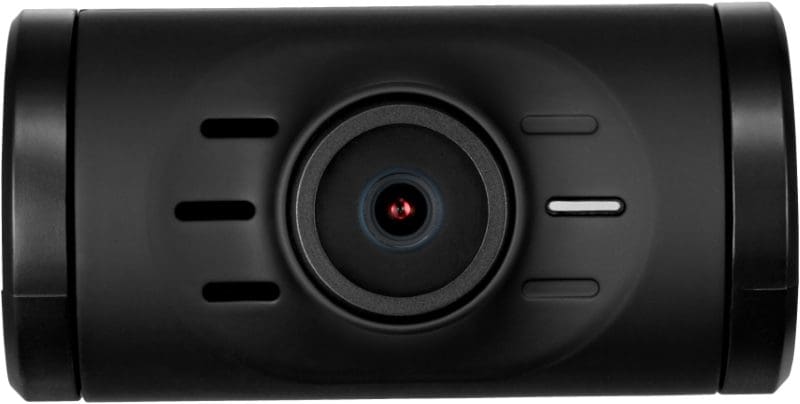Having a dashcam system like the Momento M6 (MD-6200) or M7 (MD-7200) installed in your vehicle is the best way to protect yourself from fraudulent accident claims. If you drive for Uber, Lyft or a taxi company, or operate a school bus or an airport shuttle, you’ll want video of what happens in the vehicle. The Momento IC6 (MD-IC6) interior camera is the perfect upgrade to the M6 or M7 to capture high-resolution video of the interior of the car, van or bus. Let’s look at why the features of the IC6 make it the perfect upgrade to round out your protection package.
Momento IC6 Interior Camera Specifications
The IC6 is a 1920×1080 pixel, 60-frames-per-second video camera with a 125-degree field of vision. The unit features six infrared LED emitters to illuminate the vehicle’s interior so it can record clear images at night.
When used with the M6 dashcam, the IC6 replaces the secondary camera included with the kit. When used with the new M7 dashcam, the IC6 plugs into the mounting base and serves as a third video stream along with the forward- and rear-facing cameras included in the system.
Why You Need an Interior Camera
If you have passengers in your vehicle, especially in the case of rideshare, taxi, carpooling or after-school pickup situations, recording what happens in the vehicle is crucially important. Uber, Lyft and taxi drivers are often treated poorly or, in extreme cases, robbed or assaulted by unruly clients. Having a camera like the IC6 connected to a Momento dashcam system may be enough to discourage poor or illegal behavior. In a worst-case scenario, the operator will have clear evidence for law enforcement agencies and the insurance company. The IC6 is also an excellent solution for the owners of fleet vehicles who need to monitor operator behavior and safety compliance.
Flexible Installation Options
The IC6 is designed with a rotating mounting base that allows the camera to be turned 360 degrees and tilted up or down by 180 degrees. Your installer can work with you to choose a mounting location that will capture the entirety of the vehicle interior. The IC6 is often mounted on the windshield near the rear-view mirror or passenger-side corner. Mounting near the dome light might be an option for some specific commercial applications.
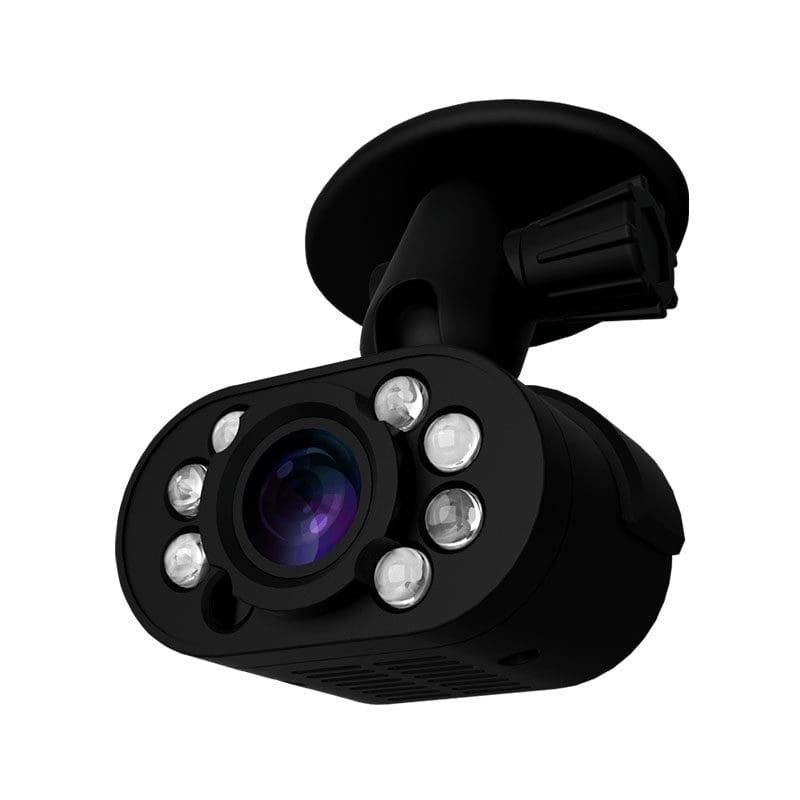
Infrared Vision for Night Recording
Once the sun sets, normal cameras can’t record what’s happening in the vehicle’s interior. There might be a slight glow from the dash or radio display, but certainly not enough light for high-quality video of what’s happening everywhere in the interior. The infrared lighting system on the IC6 activates automatically when it’s dark to ensure that the IC6 camera captures every motion and gesture and the dashcam captures every word.
If you are curious about how the infrared lighting system works, here’s some additional detail. The human eye can detect light in wavelengths from about 400 nanometers (violet) to 750 nanometers (red) and everything in between. Infrared LED emitters are the same as what’s used on classic TV remotes. They emit light at wavelengths between 820 and 880 nanometers. This low-frequency energy isn’t visible to the human eye. The image sensor on the IC6 camera can detect and record infrared light and objects that IR emitters illuminate. The camera image will look monochromatic as the light source doesn’t cover the visible light range to show color information.
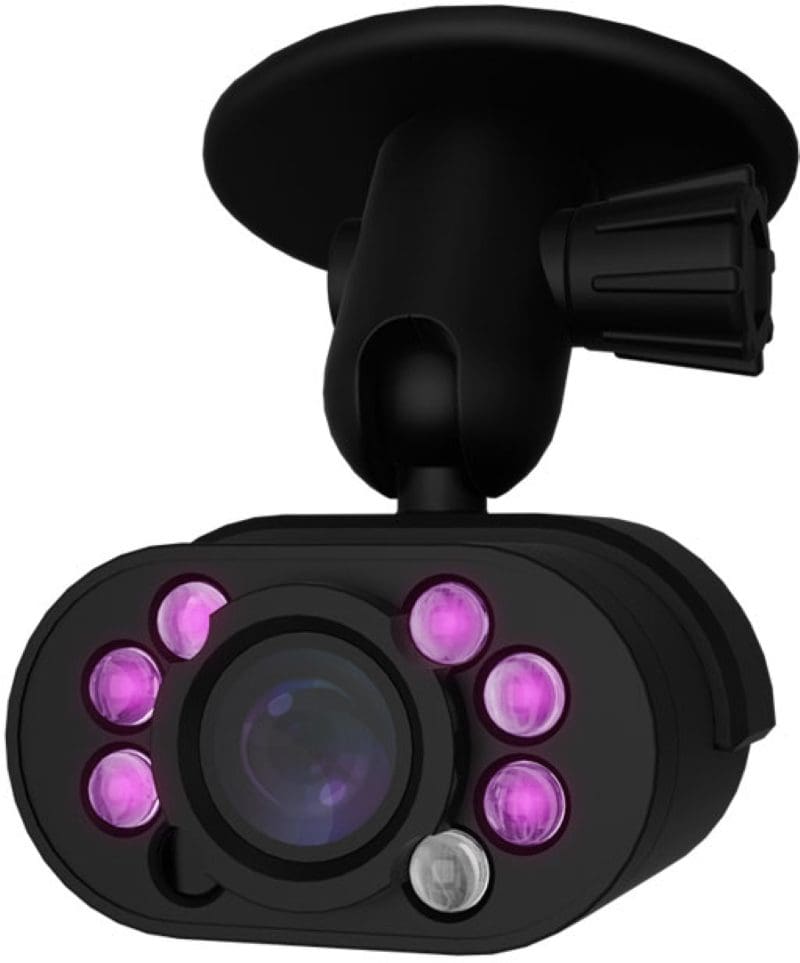
The IC6 camera also works with the M6 or M7 camera’s parking mode while you’re away from the vehicle. If someone is scoping out the contents of your car or trying to break in, the IC6 will record the whole thing. The wide field of vision can capture the faces of people trying to steal wheels or a catalytic converter – a theft problem that’s happening more and more frequently.

Protect Yourself with the Momento IC6 Infrared Camera Upgrade
If you carry passengers or clients in your vehicle and want crystal-clear recordings of what’s going on in the interior, then visit your local authorized Momento retailer and ask about the M6 or M7 dashcam system and the optional IC6 infrared interior camera. You can find a Momento dealer near you using the locator tool on the website. For more information about Momento’s video and safety products, be sure to follow them on Facebook, Instagram and YouTube.
This article is written and produced by the team at www.BestCarAudio.com. Reproduction or use of any kind is prohibited without the express written permission of 1sixty8 media.

